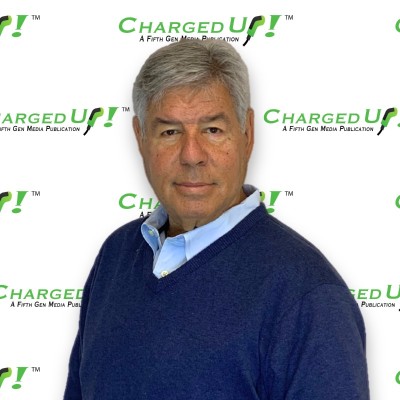EV Charging Gets Easier: New Standards, Better Payments, Higher Uptime
- Rich Berliner

- 4 hours ago
- 2 min read
The plug gets settled (SAE J3400)
SAE’s J3400—formalizing what most drivers know as the Tesla connector—removes guesswork for spec writers. Universities, hospitals, and corporate campuses can now list J3400 alongside CCS without hedging, and vendors can certify to a common document rather than a brand promise. Certified adapters provide a mapped transition for legacy fleets, reducing the risk of stranded users as the vehicle mix turns over.
Authentication without the friction (universal Plug & Charge)
A cross-industry framework built on ISO 15118 is targeting broad availability, enabling a simple experience: plug in, charging starts, and payment clears automatically—no app gymnastics. For campuses that already connect parking, ID cards, and visitor passes, this creates a clean handoff from vehicle to back-end systems and trims help-desk volume from first-time users.
Policy is forcing baselines (NEVI’s consumer rules)
Even sites not using federal funds benefit from the bar NEVI set: contactless card acceptance, visible pricing, open data for maps, and measured uptime at the port level. Vendors now build to those expectations because so many projects require them, pulling the average experience toward something more like an ATM—predictable hardware, standardized payment, and enforceable service levels.
Accessibility moves from guidance to design
Proposed rules from the U.S. Access Board detail space dimensions, access aisles, routes, reach ranges, and UI communication. Designing to these now—rather than waiting for finalization—avoids rework and, more importantly, makes the asset usable for more drivers from day one.
Measuring and billing like a utility
Weights-and-measures provisions in NIST Handbook 44 define how kWh must be metered and displayed, with audit trails and seals that protect both the driver and the site host. That clarity reduces billing disputes and aligns charging with familiar utility practice.
Interoperability you can verify (OCPP/OCPI)
Open Charge Point Protocol (charger-to-network) and Open Charge Point Interface (network-to-network roaming) have become table stakes. They let you change software without replacing hardware and let visitors start sessions with the app they already use. Five years ago, portability was a wish; today it’s an RFP requirement you can test during cutover.
Safety and certification
North American equipment maps to familiar UL standards—UL 2594 for Level 2 and UL 2202 for DC fast charging—plus coupler and adapter standards aligned to the new connector landscape. Inspectors know what they’re reviewing, which shortens plan checks and reduces facilities risk.
What owners and managers should watch
Procurement can simplify: require J3400 + CCS support, EMV tap-to-pay, OCPP/OCPI, Plug & Charge readiness, and NEVI-level uptime. Design once for accessibility using the Access Board draft. Treat software as the durable asset: roaming, transparent pricing, and graceful failover determine whether your chargers feel like a service or a science project.
Conclusion
Standards are doing what standards do—lowering the noise floor. With the plug defined, payment predictable, uptime measurable, accessibility specified, and metering auditable, EV charging now behaves like other campus infrastructure. You still need to execute, but you no longer need a crystal ball. Buy to open standards, demand service levels you can audit, and your network will age gracefully as the market continues to mature.






Comments